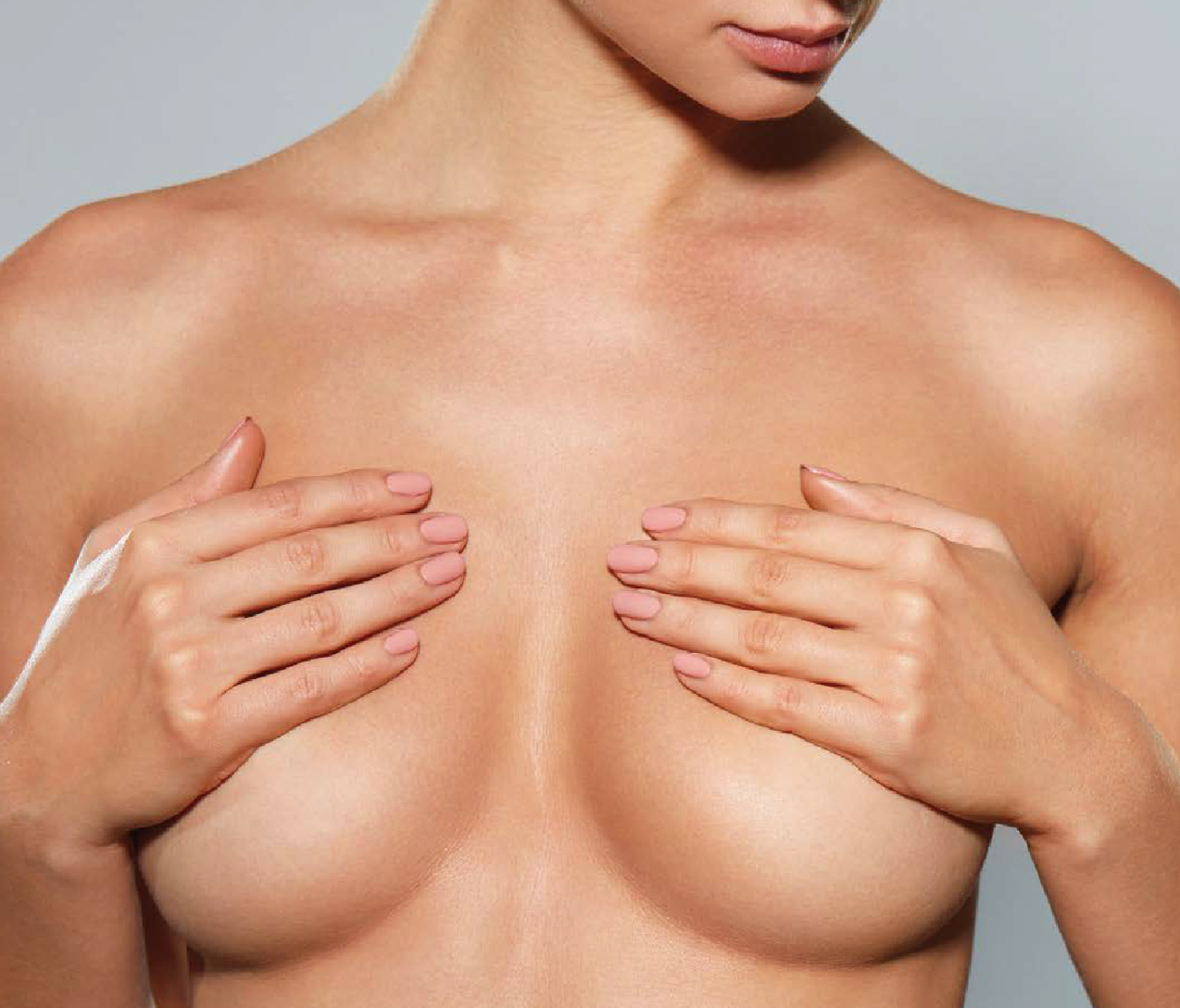Low-intensity shockwave therapy was shown to be effective in subjects with organic erectile dysfunction, and the treatment effect was maintained for up to 2 years post-treatment.
 Erectile dysfunction is defined as the inability to achieve and maintain an erection to satisfactorily complete intercourse.
Erectile dysfunction is defined as the inability to achieve and maintain an erection to satisfactorily complete intercourse.
The condition affects men mainly over 40 years of age but may also occur in younger men. Treatment depends on the cause and includes phosphodiesterase 5 inhibitor medications, penile pumps, implants, and surgery. Low-intensity shockwave therapy has been shown to be effective and safe for the treatment of erectile dysfunction.
The use of low-intensity shockwave therapy (LI-SWT) may offer benefits for the treatment of ED, such as improving cavernous penile blood flow.
Although the mechanism of action of LI-SWT is not fully understood, animal studies using LI-SWT have shown that the shear stress exerted during treatment induced the release of angiogenic factors resulting in revas- cularisation. Further mechanisms of action of LI-SWT shown in animal studies are regeneration of microvasculature and improvement of penile hemodynamics.
LI-SWT is used for its angiogenetic properties in various types of conditions including chronic wounds, peripheral neuro- pathy, cardiac neovascularisation, reduction in edema, and cellulite. Clinicians working in a dermatology and/or medical aesthetic practice may already be familiar with LI-SWT for strengthening for connective tissue, improving elasticity and firmness of the skin.
Currently, subjects with ED may consult their general practitioner, urologist, or specialist male sexual health clinic. For those subjects with ED seeking LI-SWT treatment, a dermatology and/or medical aesthetic practice setting may offer a low threshold access to therapy. LI-SWT for male erectile rejuvenation can be safely and effectively delivered by trained practitioners as part of the total package that is available to men in a dermatology and/or medical aesthetic practice.
As this is an evolving field, studies conducted on LI-SWT delivering treatment in a dermatology and/ or medical aesthetic practice have not yet been performed. The studies discussed in this manuscript were conducted by urologists or physicians practicing in specialist male sexual health clinics. Education of staff on pathology, diagnosis, and treatment using LI-SWT for male erectile rejuvenation is necessary to ensure optimal out- comes.
The use of LI-SWT has been shown to offer benefits for the treatment of male erectile rejuvenation, particularly for the less severe forms of ED.
The device is suggested to improve cavernous penile blood flow by stimulating the release of angiogenic factors resulting in revascularisation. Low-intensity shockwave therapy for male erectile rejuvenation can be safely and effectively delivered by trained staff in a dermatology and/or medical aesthetic practice, thereby reducing hurdles men may experience for access to the treatment.















